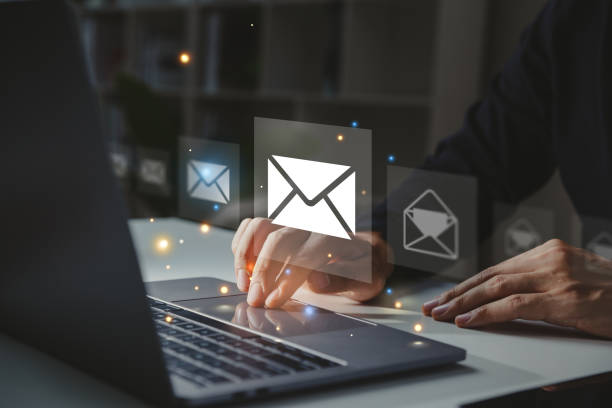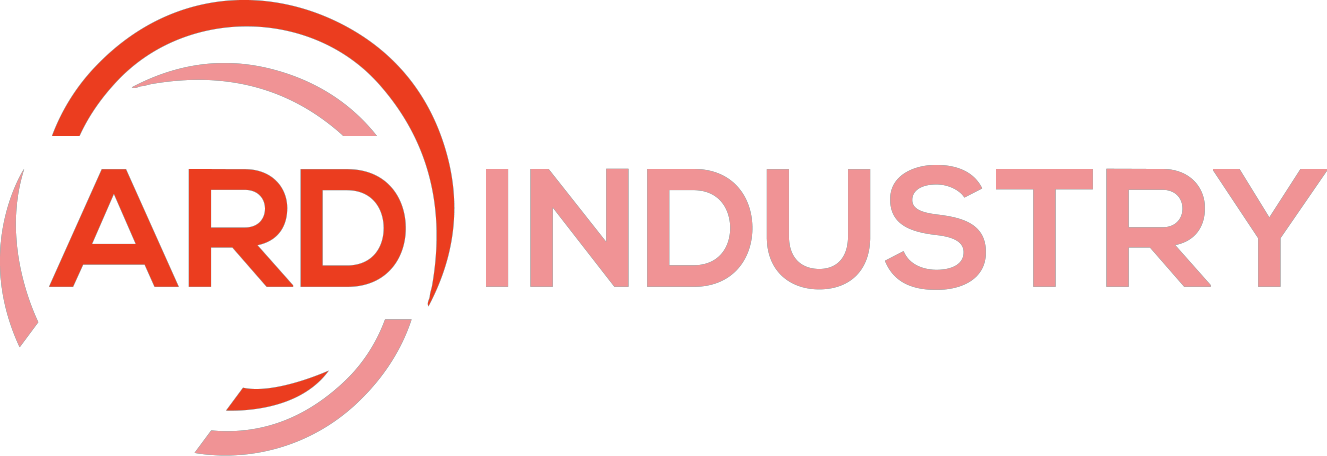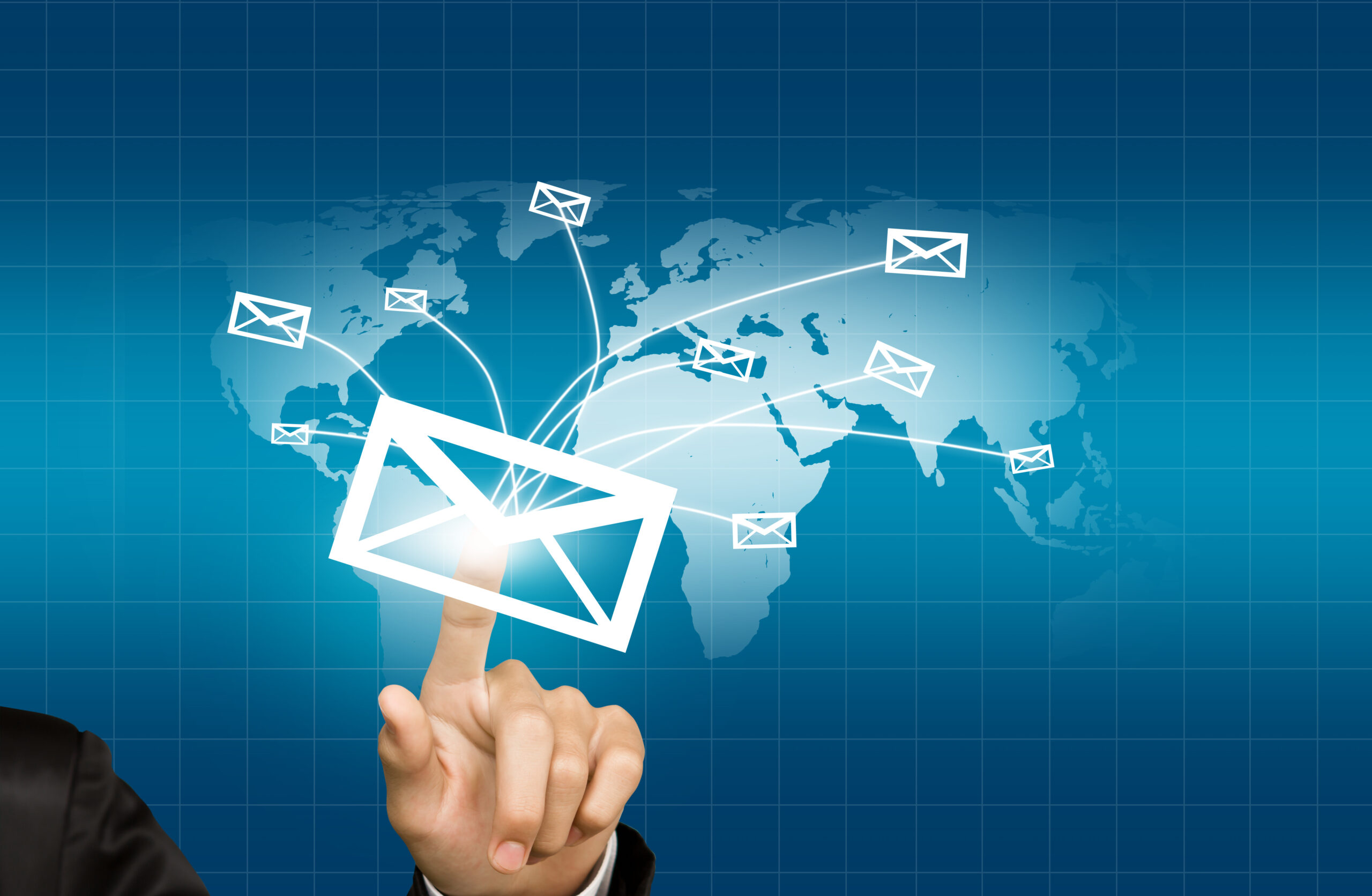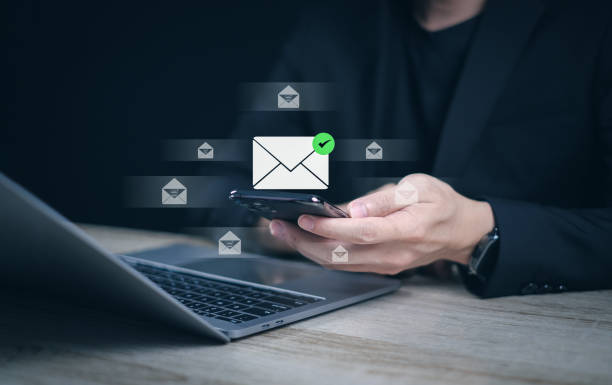Do you feel like your email campaigns are falling flat despite your best efforts? Have you ever wondered why some emails seem to generate outstanding results while others barely make an impact? The secret might be simpler than you think: Email campaign segmentation.
What if we told you that by dividing your email list into smaller, more targeted groups, you could dramatically improve engagement, conversion rates, and overall email campaign success? Sounds powerful, right? But how exactly does email segmentation work, and why is it so crucial for success?
In this post, we’ll dive deep into the world of email segmentation, explore the benefits, and share actionable strategies to help you get the most out of your email campaigns. By the end, you’ll be ready to unlock the full potential of segmentation and elevate your email marketing game.
Why Email Campaign Segmentation Matters
Let’s start with the basics: What is email segmentation?
At its core, email segmentation is the process of dividing your email list into smaller, more defined groups based on shared characteristics, behaviors, or preferences. Instead of sending the same generic email to everyone on your list, segmentation allows you to deliver more personalized and relevant content to each group. This targeted approach ensures that your emails are more engaging and more likely to convert, whether your goal is to make a sale, increase brand awareness, or build customer loyalty.
But why does segmentation matter so much?
Consider this: the average email open rate across all industries hovers around 20%. This means that 80% of your subscribers are not even opening your emails! Now imagine the possibility of improving this figure significantly. According to studies, segmented email campaigns have 14.31% higher open rates and a 100.95% higher click-through rate than non-segmented campaigns. That’s a big difference!
By tailoring your content to the unique needs and behaviors of each segment, you’re speaking directly to the individual, making your emails far more compelling. This approach leads to increased engagement, higher conversion rates, and ultimately, a more successful email marketing strategy.
Now, let’s dive deeper into the key benefits of segmentation and explore how you can make it work for your email campaigns.
The Power of Personalization – Email Campaign
One of the main reasons segmentation is so effective is because it enables personalization. We’ve all received generic, one-size-fits-all emails that feel impersonal and irrelevant. These emails often get deleted without a second thought. But what if you could send an email that feels like it was crafted specifically for the recipient?
Segmentation empowers you to create personalized experiences for your subscribers by considering factors such as:
- Demographics: Information like age, gender, and location can help you tailor your messaging. For example, a clothing retailer might send a promotion for winter jackets to subscribers in colder climates, while targeting warmer regions with light, breathable fabrics.
- Behavior: Subscribers who engage with your emails or visit your website can be targeted with content or offers relevant to their interests. A visitor who browses through a product category can be sent an email highlighting similar products or offering a discount on those items.
- Engagement level: Not all subscribers engage with your emails in the same way. Some may be highly active, opening every email and clicking through, while others may be passive. By segmenting your list based on engagement, you can send re-engagement campaigns or offer special rewards to your most loyal customers.
By providing content that resonates with each subscriber’s unique preferences or stage in the buyer journey, you make your emails feel more personal and relevant, which leads to higher engagement and, ultimately, better results.

Types of Segmentation – Email Campaign
Segmentation is not a one-size-fits-all solution. In fact, there are many ways you can segment your email list to make it more effective. The approach you take will depend on your goals, the nature of your business, and the data available. Let’s break down some of the most effective types of segmentation:
1. Demographic Segmentation
Demographic segmentation divides your email list based on easily identifiable characteristics such as age, gender, income, education level, or geographic location. This is a great starting point for segmentation because it allows you to send more tailored messages that resonate with different audience groups.
For example, a cosmetics brand might segment their list by gender, sending promotions on skincare products to women and shaving products to men. Similarly, a fitness brand could segment by age and send different workout routines or products that cater to younger versus older audiences.
Understanding who your audience is at a deeper level can make your campaigns much more relevant and effective.
2. Behavioral Segmentation
Behavioral segmentation focuses on how subscribers interact with your brand, both online and offline. This could include tracking actions such as:
- Past purchases: Use previous buying behavior to send product recommendations or cross-sell related items.
- Website activity: Segment based on the pages subscribers visit on your website. For instance, a user who browses your “new arrivals” section could be sent an email showcasing the latest products in that category.
- Email engagement: Target subscribers who have clicked on certain links or engaged with specific content in past emails. For example, if a subscriber clicks on a link about a product but doesn’t make a purchase, you could follow up with a reminder or a discount.
Behavioral segmentation helps you create emails that are timely and relevant to each subscriber’s current interaction with your brand.
3. Geographical Segmentation
Geographical segmentation allows you to divide your email list based on location, which can be particularly useful for businesses that have physical stores or region-specific offerings. By targeting subscribers in specific locations, you can send location-based promotions, invitations to local events, or content relevant to their region.
For example, a restaurant chain might send different promotions to subscribers in different cities, or an apparel brand might advertise weather-appropriate clothing depending on the subscriber’s location.
This kind of segmentation is especially valuable if you have international customers or are running region-specific campaigns.
4. Engagement-Based Segmentation – Email Campaign
Not all subscribers are created equal. Some are highly engaged with your brand, regularly opening your emails and interacting with your content, while others may be less active. Engagement-based segmentation helps you identify these different levels of interest and tailor your campaigns accordingly.
For instance:
- Highly engaged subscribers: These are the customers who are always opening your emails and making purchases. They should be nurtured with exclusive offers, loyalty rewards, or VIP content to keep them engaged.
- Inactive subscribers: These subscribers may have stopped opening your emails or clicking through to your site. You can target them with re-engagement campaigns, offering them a special incentive to return.
Segmenting based on engagement allows you to send the right message at the right time, improving your chances of re-engaging dormant subscribers or rewarding your loyal ones.

How to Effectively Segment Your Email List – Email Campaign
Now that you understand the benefits of segmentation and the various ways to do it, let’s dive into how you can implement a segmentation strategy for your email campaigns. Here are the essential steps to get started:
1. Define Your Goals
Before you start segmenting, it’s crucial to define the goals of your email campaigns. Are you looking to increase sales? Improve brand awareness? Boost engagement? Your objectives will guide your segmentation efforts and help you determine the criteria you’ll use to divide your list.
2. Collect Relevant Data
To effectively segment your email list, you need to collect data on your subscribers. This may include demographic information, past behavior, purchase history, and interaction with your previous emails. Tools like Google Analytics and email marketing platforms can help you track this data and use it to create relevant segments.
3. Create Segments Based on Data – Email Campaign
Once you have enough data, create your segments. Start with broad categories, such as age or location, and refine them over time based on your subscribers’ actions. Don’t overwhelm yourself by trying to create too many segments right away—start simple and build as you go.
4. Personalize Your Email Content
With your segments in place, the next step is to personalize your email content. Tailor your messaging, subject lines, and calls to action to fit the needs and preferences of each segment. Personalization is one of the main reasons segmentation works so well, so make sure your content is relevant and engaging for each group.
5. Test and Optimize Your Campaigns
Segmentation is an ongoing process, not a one-time effort. Regularly test and optimize your campaigns by analyzing the performance of your emails. Use A/B testing to experiment with different subject lines, messaging, and offers to see what resonates best with each segment.

Best Practices for Email Campaign Segmentation
To ensure your segmentation efforts yield the best results, here are some best practices to follow:
- Start small and scale up: Don’t try to segment your list into too many small groups all at once. Start with broad segments and refine them as you gather more data and insights.
- Use automation: Email automation tools allow you to send targeted messages automatically based on subscriber behavior, ensuring that your emails are timely and relevant.
- Segment continuously: Your audience will evolve, and so should your segmentation strategy. Regularly review your segments and adjust them based on new data and insights.
- Focus on relevance: Always ensure that the emails you send are relevant to the recipient’s specific needs and interests. Overloading subscribers with irrelevant content will cause them to disengage.
The Results Speak for Themselves
Email segmentation is not just a trend—it’s a proven strategy that can drive real results. Whether you’re looking to increase sales, engage your audience more effectively, or reduce unsubscribes, segmentation can help you achieve your goals.
By sending targeted, relevant content to smaller, more engaged groups, you’ll boost open rates, click-through rates, and conversions—ultimately maximizing the impact of your email marketing campaigns. So, start segmenting today and watch your email campaigns transform from mediocre to outstanding!
Conclusion: Email Campaign
Email segmentation is a game changer for businesses looking to improve their email marketing campaigns. By breaking your email list into smaller, more targeted groups, you can provide a personalized experience that resonates with your subscribers and drives results. With the strategies and best practices outlined above, you’re ready to take your email marketing to the next level. Start segmenting today and unlock the full potential of your email campaigns!








